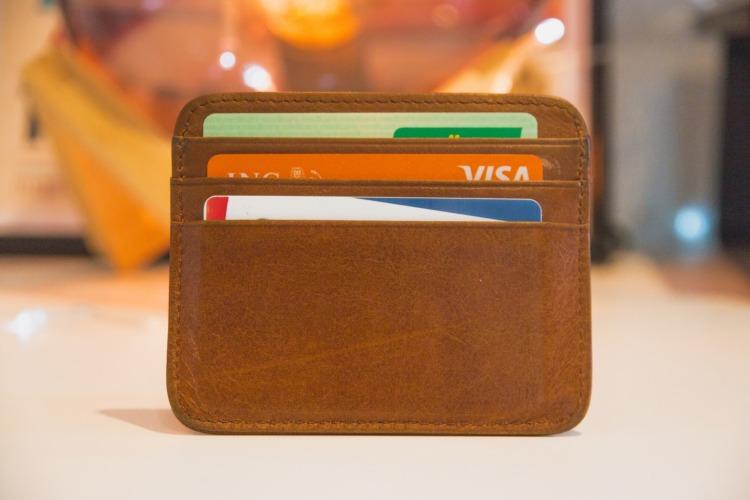The lockdown occasioned by the coronavirus pandemic saw new e-commerce users rise by 5 percent in Sub-Saharan Africa in 2020 when compared to the active base the previous year.
This is according to a report by VISA, which attributes this to a preference of e-commerce to fill the void left by the closure of face-to-face retail, which was implemented across many parts of the world, including the region, to fight the viral disease.
The ‘e-commerce developments across Su-Saharan Africa’ report also notes the economic shocks that followed COVID-19 have reduced spending power across the world, including in the region, but the closure of physical stores has provided a growth opportunity for digital payments and e-commerce itself.
Where, how to invest in Uganda’s e-commerce
As such, VISA projects that e-commerce sales will grow to US$7 trillion across the globe by 2024, with the Asia Pacific, specifically, China, India, and Southeast Asia, being the key driving force behind the market at 56 percent of global volume.
Countries in the Middle East and North Africa region have the largest growth potential over the next 5 years.
Sub-Saharan Africa region however lags the Middle East and North Africa region, but still shows strong potential, having seen a 42 percent year-on-year growth across the region from 2019-2020.
Products Category
VISA however notes that the pandemic has not impacted e-commerce product categories equally in Sub-Saharan Africa.
For instance, quick-service restaurants and traditional offerings that converted to a takeaway food model saw a rise of over 160 percent in usage during the lockdown.
Retail services, groceries, pharmaceuticals, and building supplies all saw increased usage of around 50 percent.
Travel, fuel, luxury retail department stores, and apparel were however the casualties and saw expenditure decline due to economic challenges and movement restrictions.
“Despite the pandemic driving more consumers online, there was still a slight deceleration in global e-commerce sales in 2020. This can be attributed to the global economic shocks the pandemic brought with it, so, while spending was driven online, spending power has been reduced,” the report says.
“But, this isn’t bad news, e-commerce is expected to pick up again in 2021, and the overall drop in the growth rate of e-commerce transaction volumes in 2020 was offset somewhat by the growth of smaller transactions in areas such as contactless and remote payments for digital and physical goods.”
VISA adds that e-commerce decline is predicted to reverse in 2021 and 2022, and as e-commerce returns to a growth period, it will experience lasting benefits from the pandemic.
GSMA partners with Rwanda’s telcos to promote digital inclusion
A separate finding by statistics portal Statista shows that the total value of e-commerce in Africa reached US$16.5 billion in 2017 and is expected to reach $29 billion by 2022.
The report notes that although e-commerce is spreading steadily in Sub-Saharan Africa, three economies namely Kenya South Africa, and Nigeria continue to dominate the e-commerce landscape.
Their finding is backed by the 2018 UNCTAD E-commerce Index Report, which also said that the trio accounts for more than half of the online shoppers in Africa in 2017.
Nigeria is Africa’s largest business to consumer e-commerce market in terms of both the number of shoppers and revenue
Internet Penetration
The growth of e-commerce is facilitated by the penetration of the internet.
Data by GSMA indicates that there were more than 3.8 billion mobile internet subscribers globally in 2020, representing 49 percent of the world’s population.
The data however notes that adoption has not been equitable, with mobile internet adoption standing at 26 percent in Sub-Saharan Africa at the end of 2019.
According to GSMA, the region accounts for almost half of the global population not covered by a mobile broadband network.
“There has been a continued acceleration in mobile broadband coverage, as operators upgrade existing 2G sites to 3G and 4G (with 4G networks now covering almost half the regional population). 2019 marked the first year that there were more mobile broadband connections than 2G, as consumers benefitted from more affordable smartphones and smart feature phones,” GSMA says.
